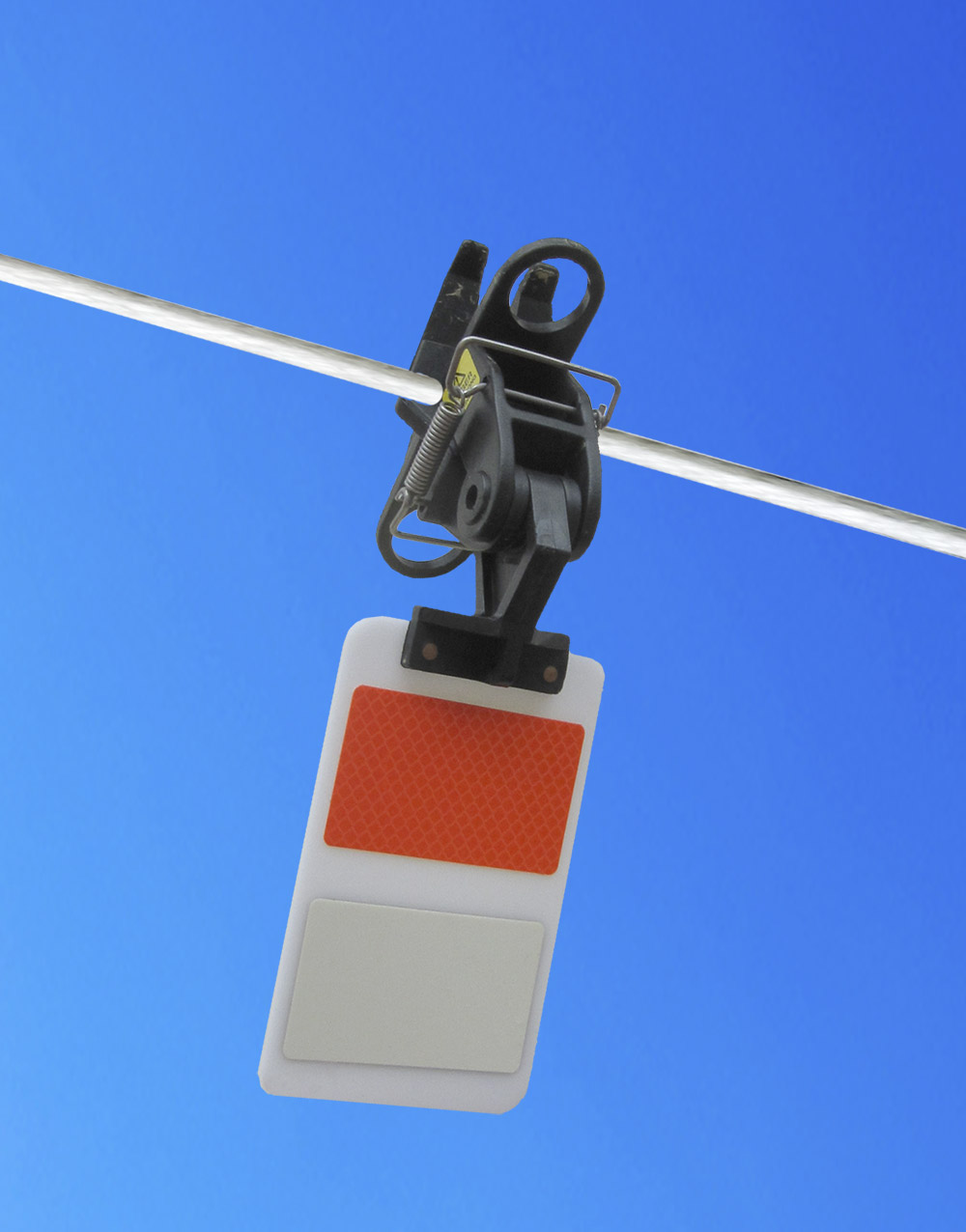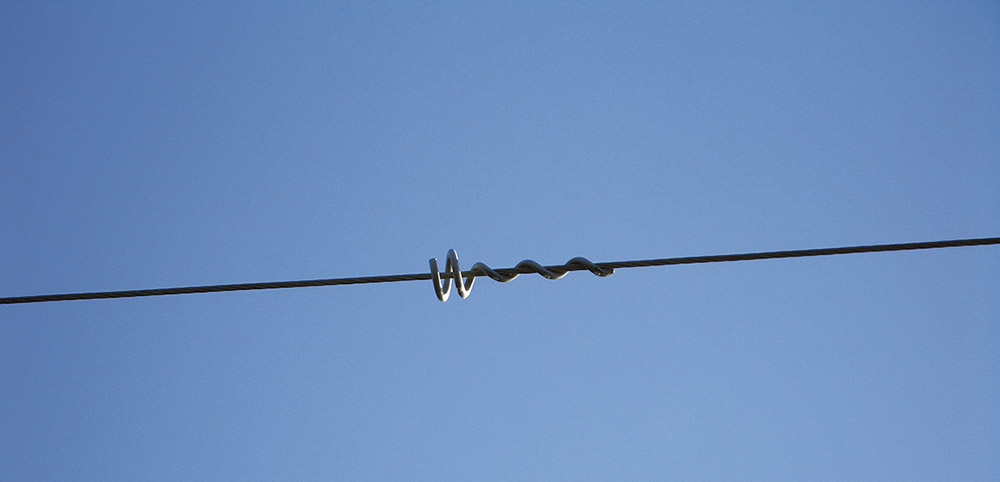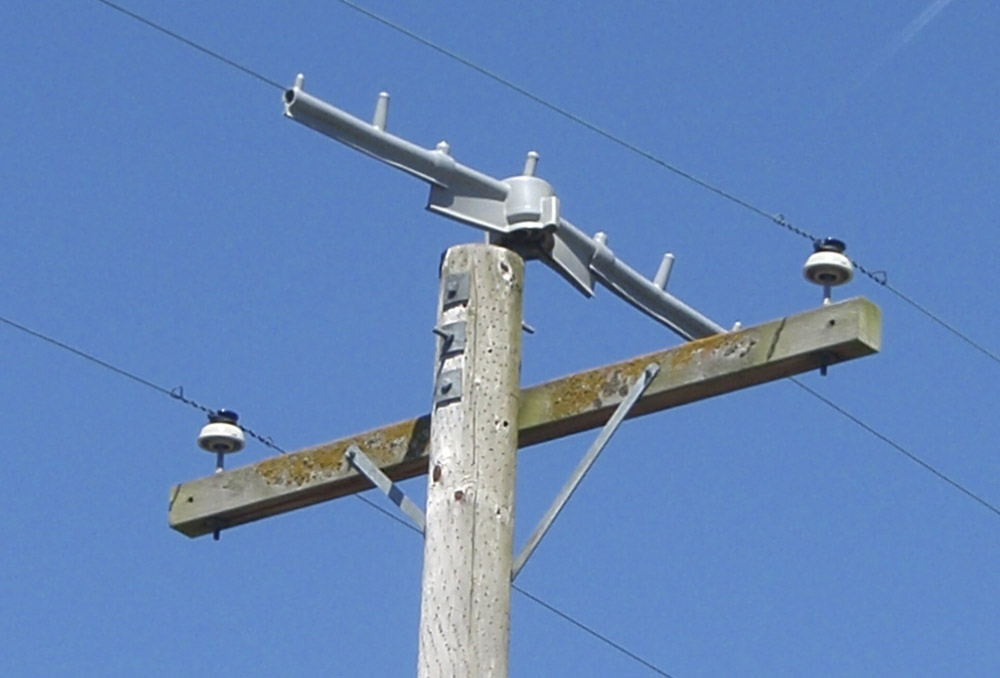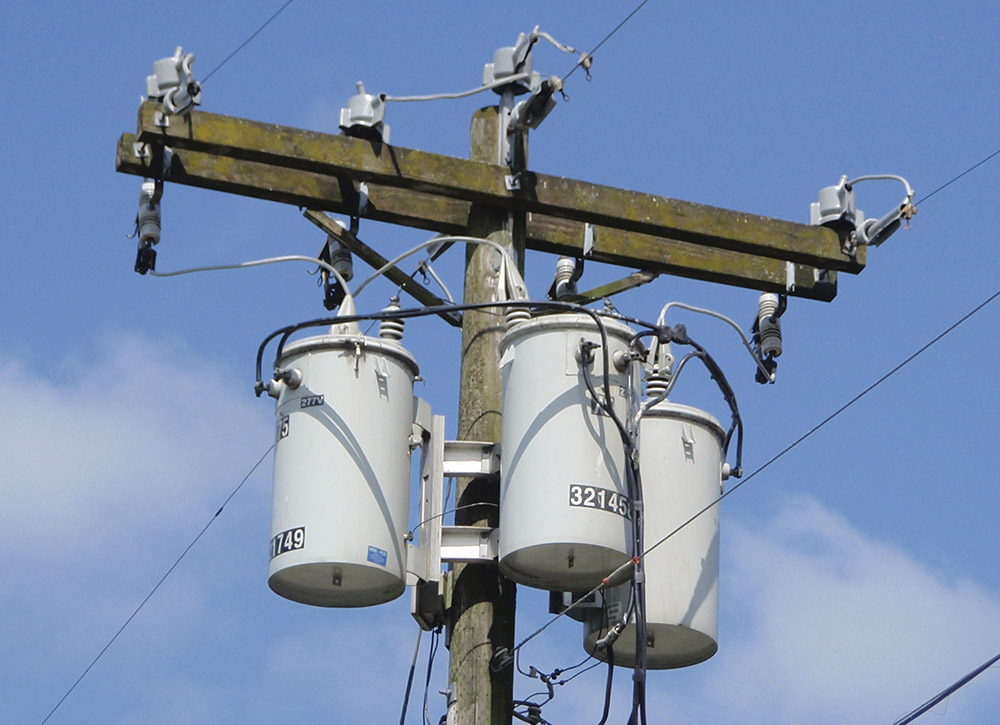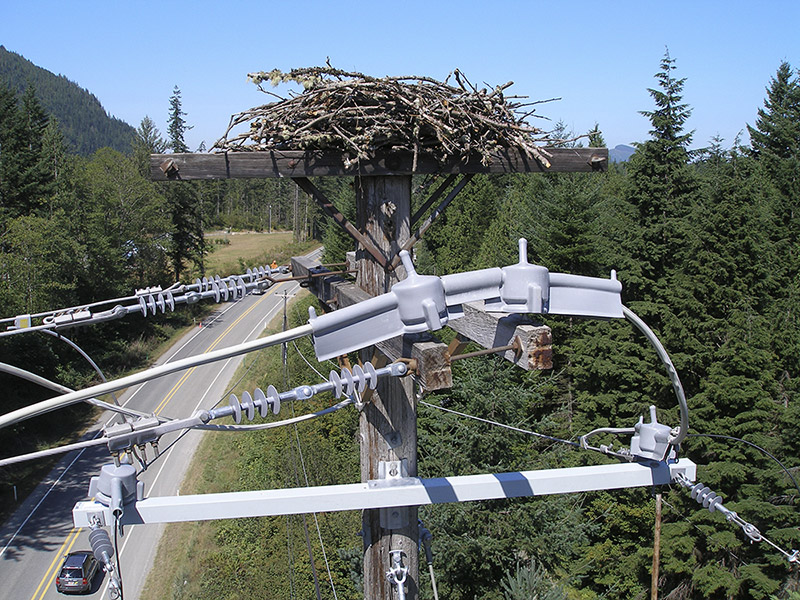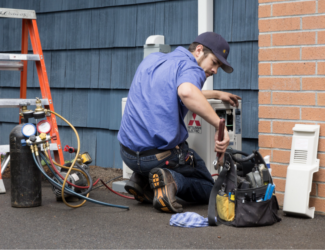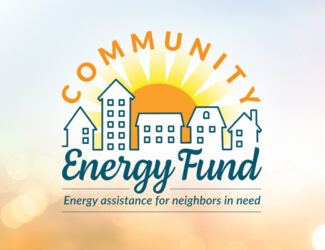
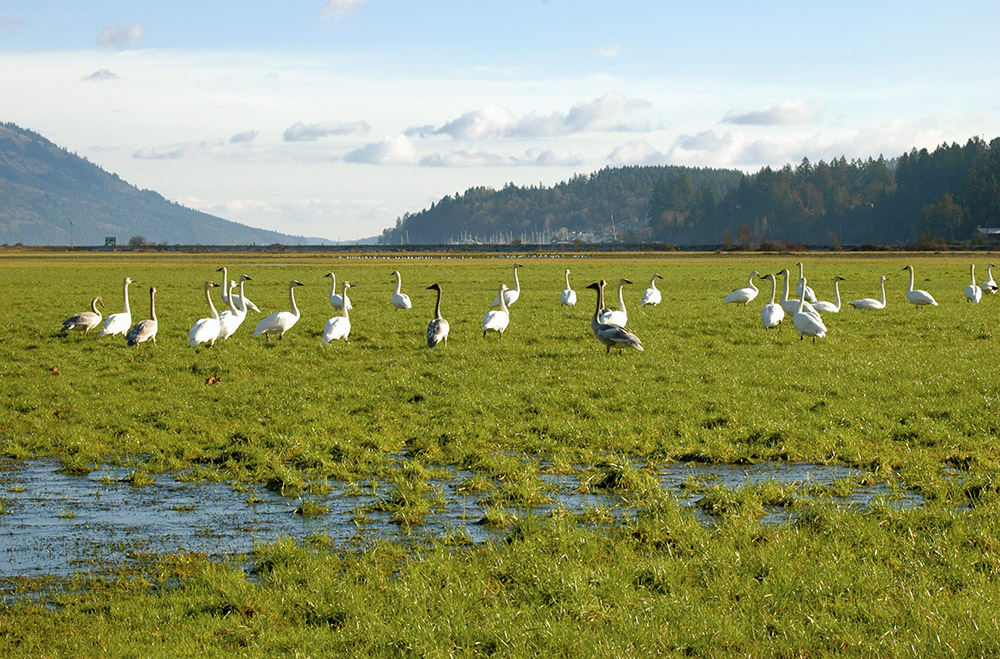
Avian protection
Did you know that almost all species of birds are federally protected? There are several federal laws that protect most species. The Migratory Bird Treaty Act, the Endangered Species Act and the Bald and Golden Eagle Protection Act all cover a variety of birds. The few species not covered include the introduced house sparrow, European starling and rock dove. Washington has almost 450 species of protected birds, including over 250 species that nest in our state.
Birds can be harmed by utility equipment in two ways: collision and electrocution. They can fly into power lines that are harder to see at night or when skies are stormy. Larger birds can be electrocuted when their longer wingspans touch two power lines simultaneously.
The PUD has studied ways to prevent harming birds. We know that factors influencing risk of collision include: flocking behavior (i.e., follow-the-leader), heights at which some species fly, visibility of lines, and whether feeding and nesting areas are separated by power lines. We have found that the following factors influence the chance of electrocution: distance between energized components, size of the birds and other available perching opportunities.
In the PUD’s service territory, which includes all of Snohomish County and Camano Island, the American Crow and Trumpeter Swan are the most common birds that encounter mishaps with our power facilities.
As part of our Wildlife Injury Prevention & Response Plan, the PUD continues to develop and implement design/construction standards incorporating avian protection – for both new and existing facilities. These standards include insulation or barrier cover over energized parts, increased separation to prevent electrocution and line markers to make power lines more visible to reduce the risk of collision.
The discovery of a dead or injured bird that is federally protected is treated by the PUD as an emergency incident. All incidents are reported to the US Fish & Wildlife Service.
Our plan calls out specific procedures for dealing with bird injuries/deaths at or near PUD facilities and includes avian awareness training for correct procedures regarding bird nest management.
We maintain a record of each bird-related incident and how it was handled. These records help us identify potential problem areas at or near our facilities that might benefit from the installation of avian protection measures.
Some of the avian protection material used by the PUD includes:
- conductor insulating covers
- wood pole-top caps
- perch-preventer triangles
- insulator covers
- bird flight diverters
Factors causing avian risks:
- flocking behavior (i.e., follow-the-leader)
- heights at which some species fly
- visibility of lines
- feeding and nesting areas near power lines
- distance between energized components
- size of the birds
- other available perching opportunities
PUD prevention/protection standards
- insulation or barrier cover over energized parts
- increased separation between electrical conductors
- line visibility markers
Questions about this program?
- Austin Johnson > 425-758-5385 or email
- Diane Steele > 425-783-5169 or email
- Brian Li > 425-783-5161 or email
- Colleen Murphy > 425-783-5504 or email
